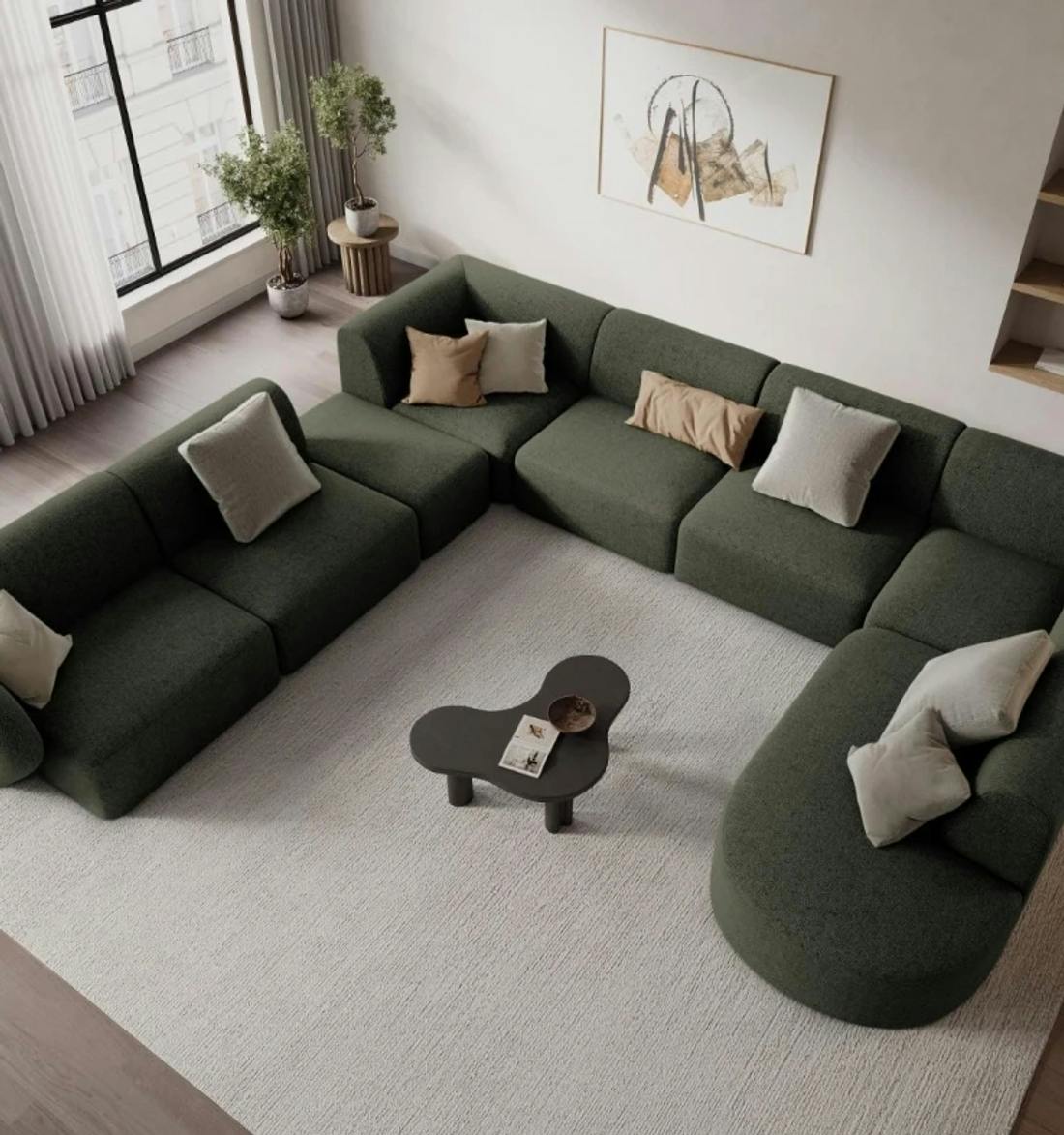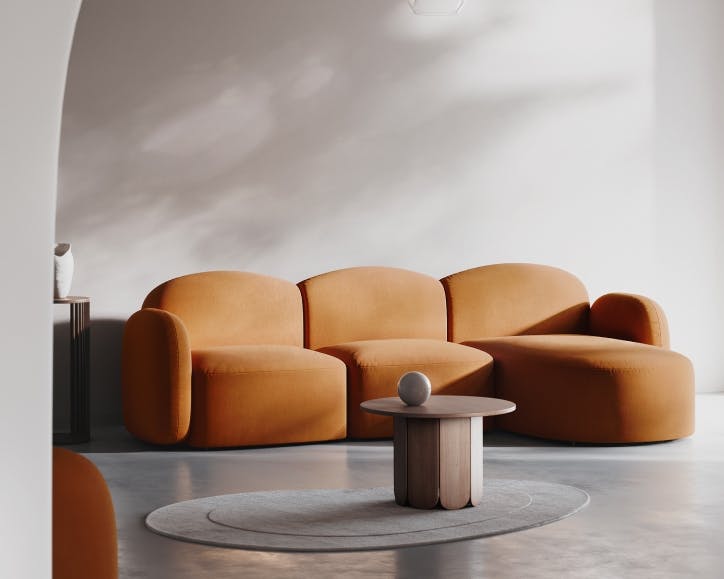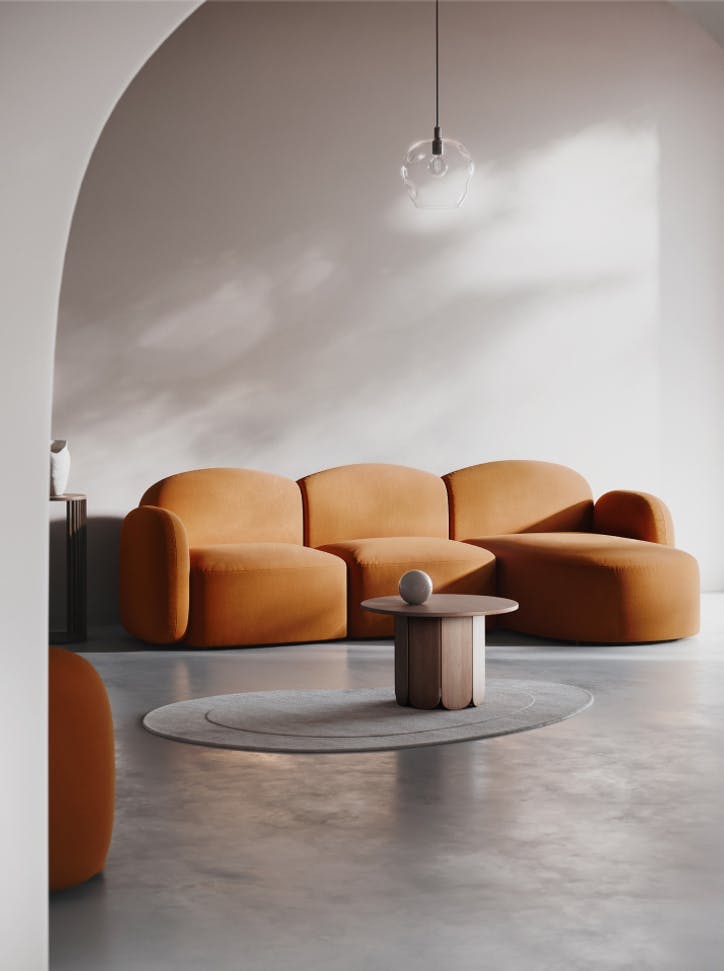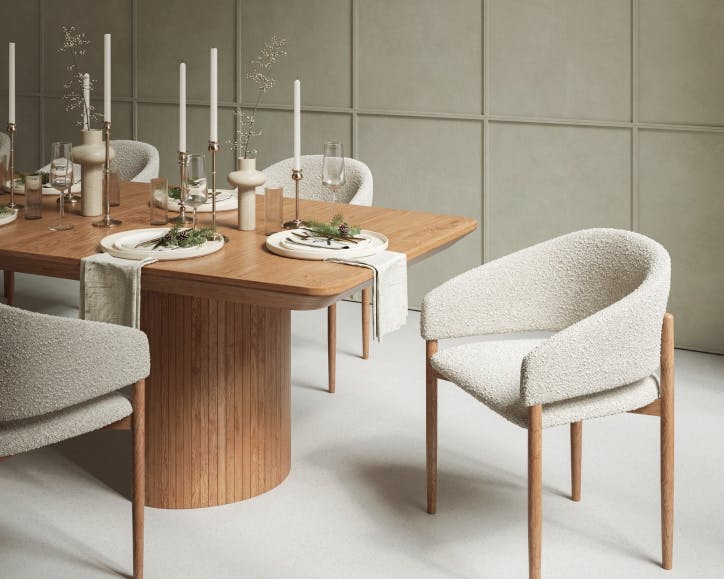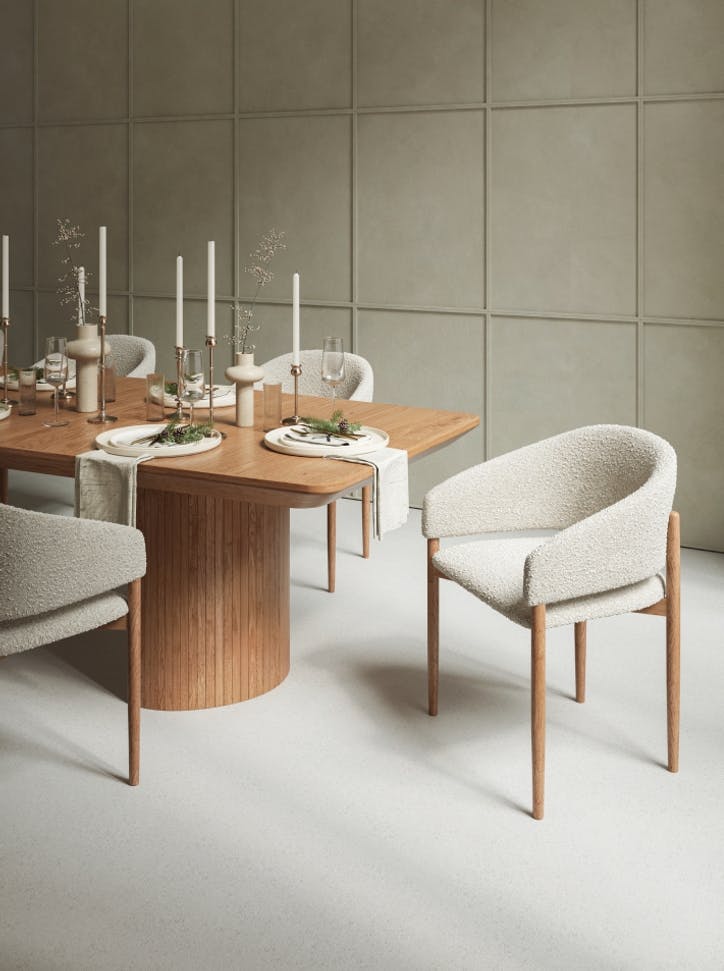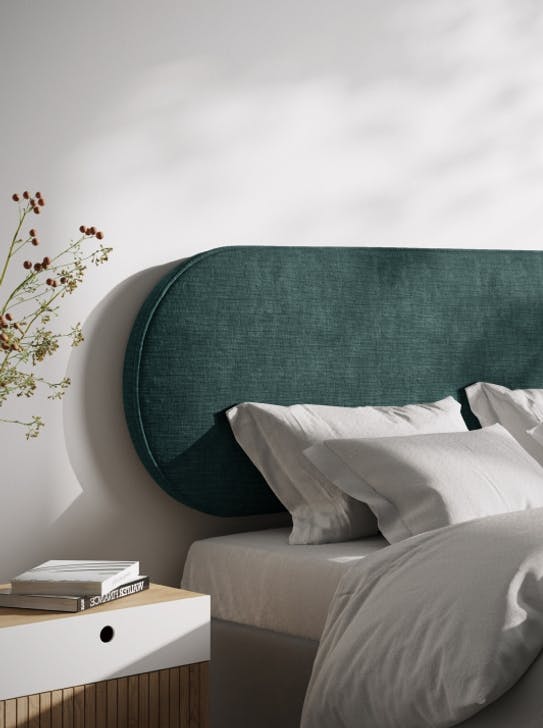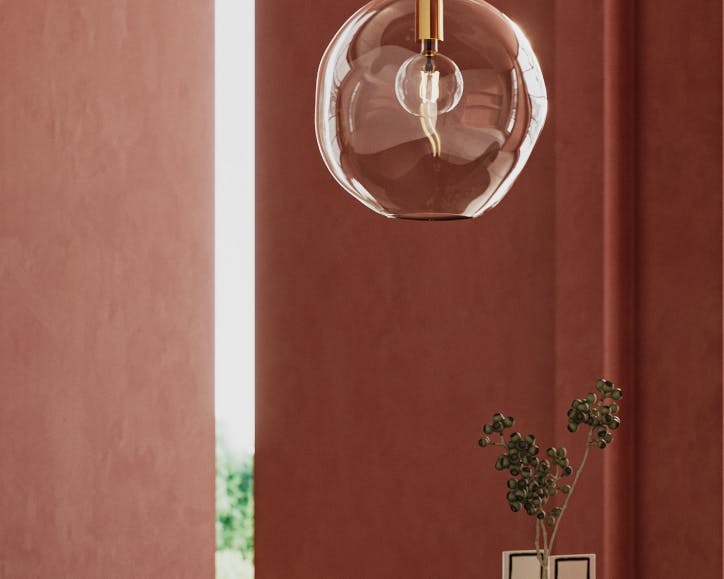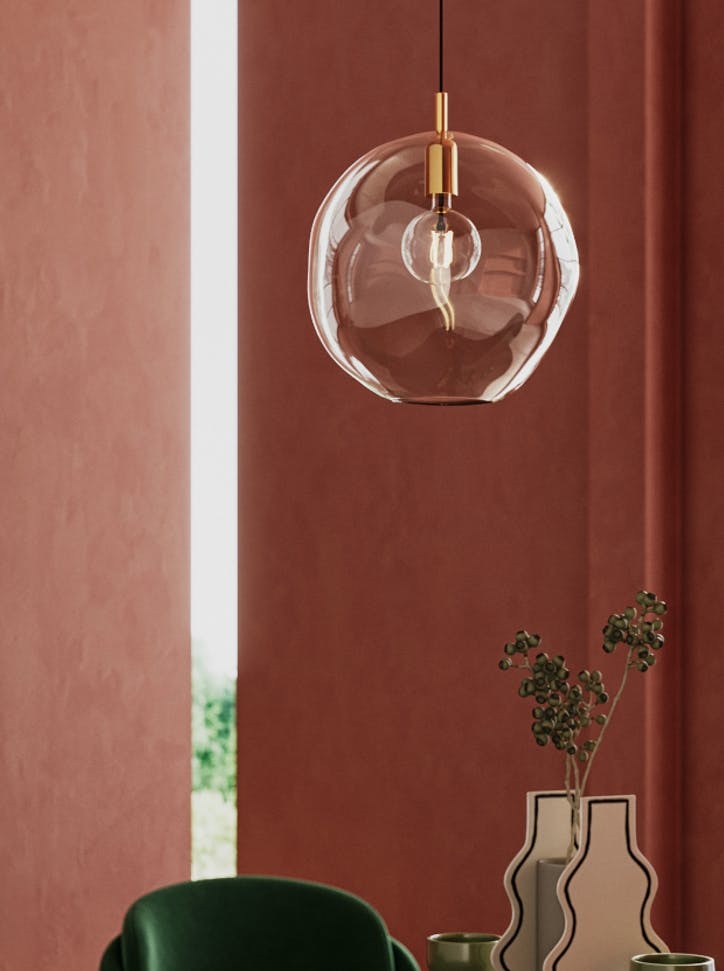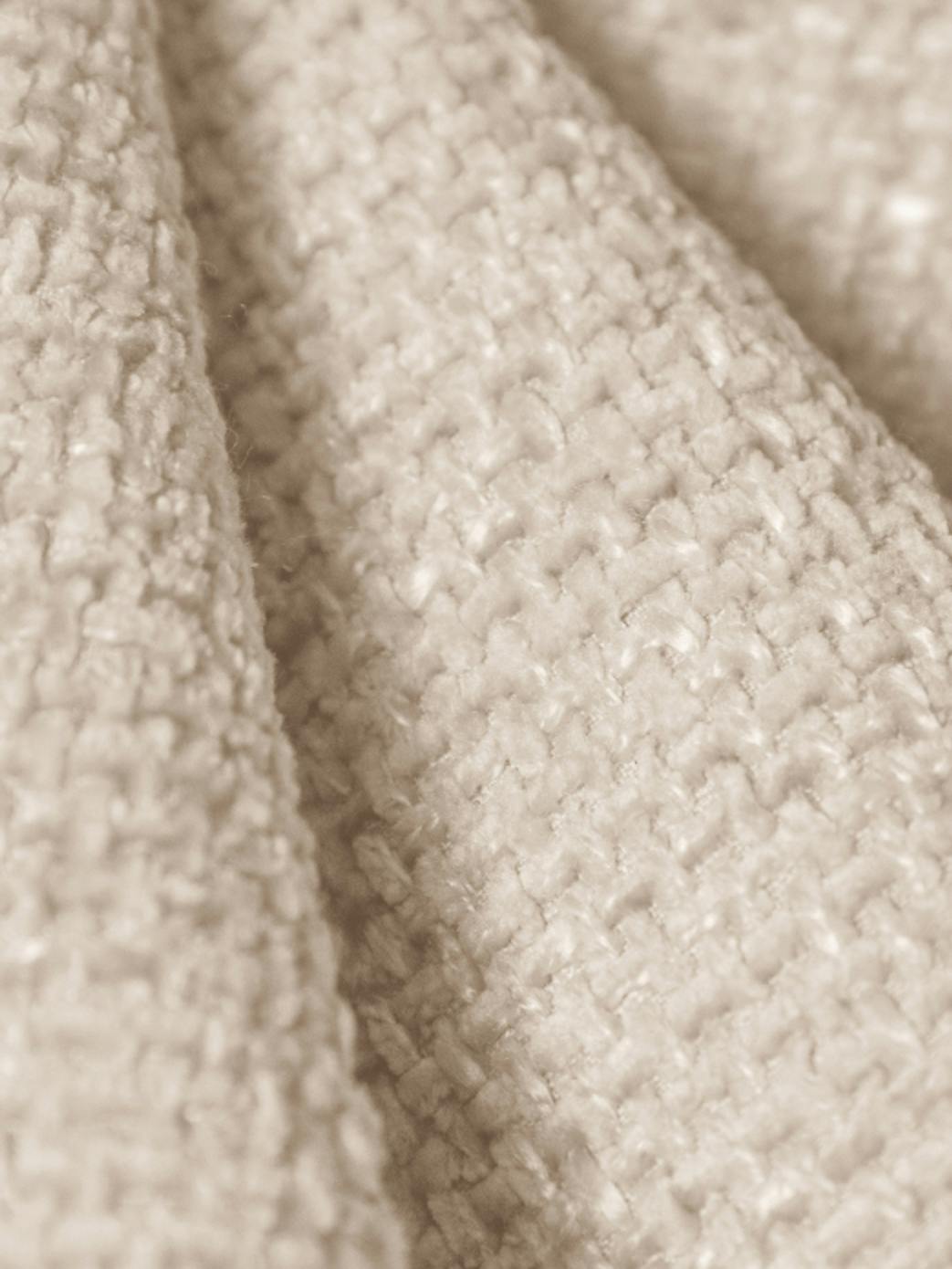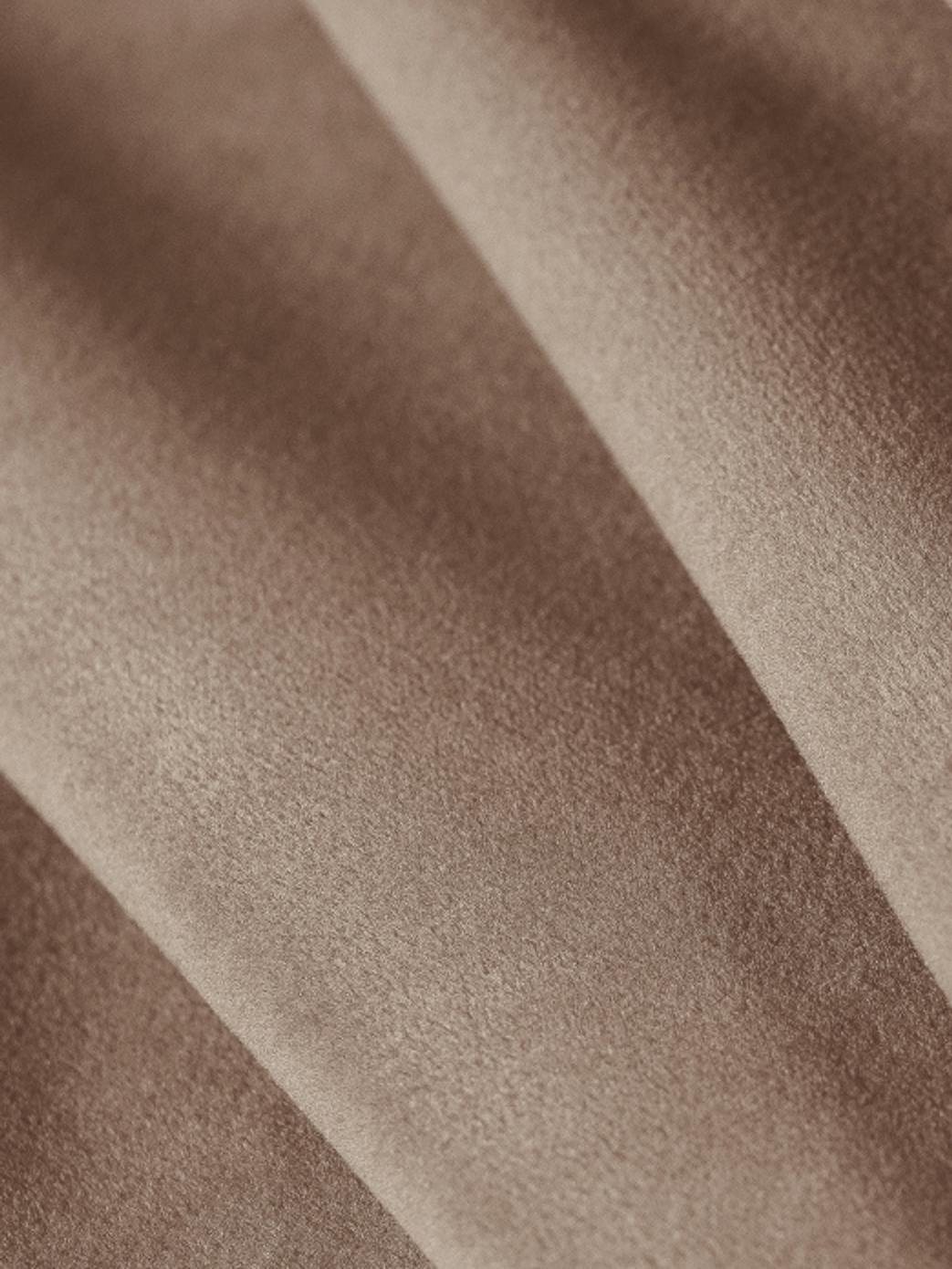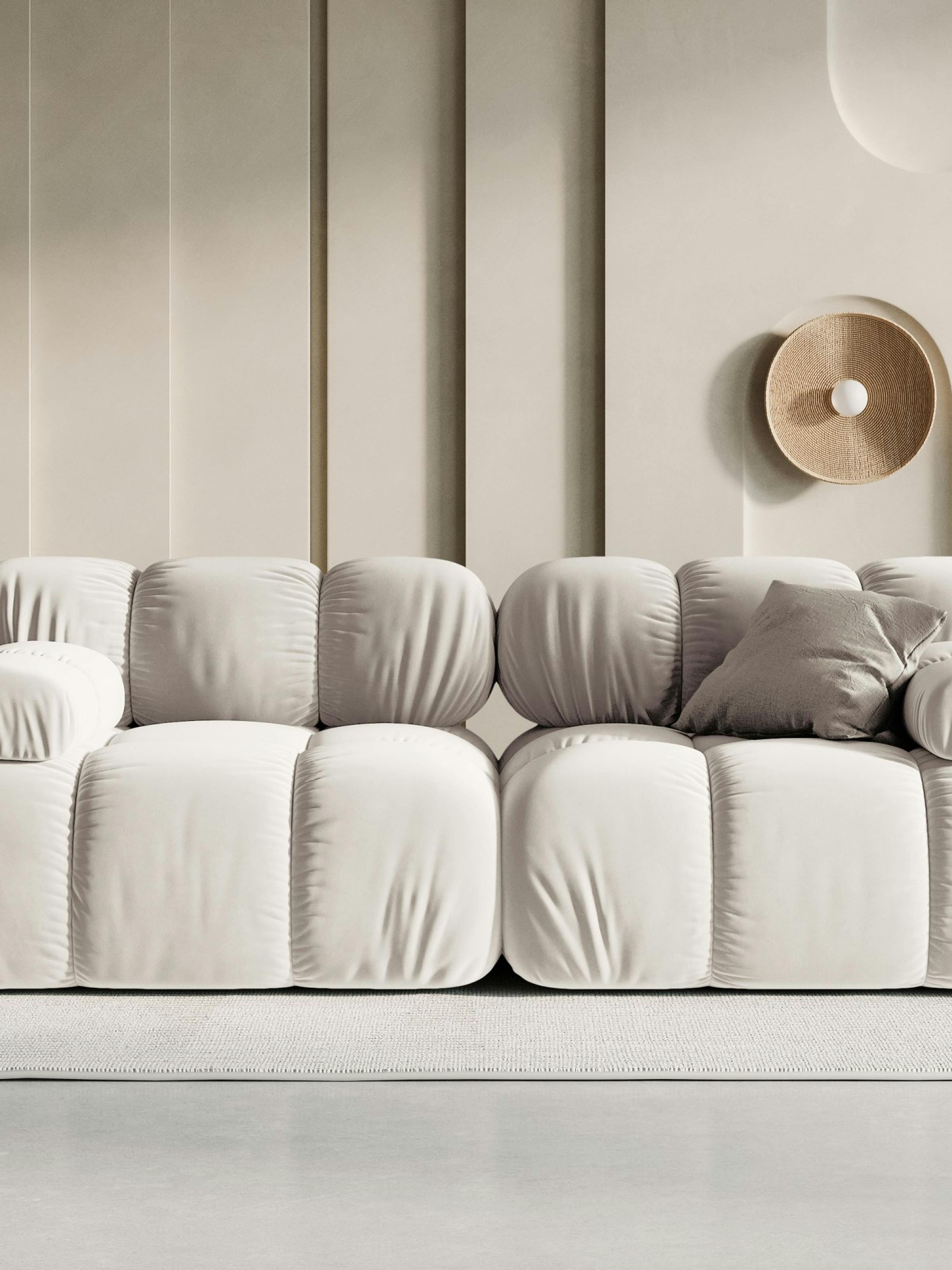
What type of fabric is best for a sofa?
It's hard to say decisively, as each fabric has their pros and cons.
Besides, each of us has different needs. You should certainly take into account your lifestyle, which can affect the way your sofa looms. If you have children or pets, you won't be able to avoid staining and damage. When making your choice, pay attention to stain resistance, durability and ease of cleaning of the upholstery. The same criteria apply if you use the sofa frequently and in larger company. In such cases, consider microfiber upholstery. It's a great material for often used furniture that looks attractive and is easy to care for. We also recommend structured fabrics, which wear down more slowly than smooth ones. If you care about the longevity of your sofa, choose natural leather. The most practical solution is a cover that fits the shape of the furniture, which you can remove and wash.
Which upholstery material should you choose?
If above all you want to rest comfortably and provide your guests with ideal conditions to relax, choose the upholstery material based on your sensory preferences. Go with the kind that is very pleasant to the touch, soft and squishy. Reach for high-quality, almost luxurious, velvets or velvets, while remembering to match the style and color scheme with the interior design. Contrary to popular belief, you don't have to sacrifice durability for a soft, pleasing touch. Textile technologies have advanced to the point where many materials are both pleasantly smooth and durable at the same time. Here are some of our suggestions:
Velvet
What best captures the essence of luxurious bliss is a sofa made of velvet. It is not only glamorous and stylish, but also pleasurable to rest on. It’s the most comfortable option for a sofa. In the Micadoni collection, almost every model allows you to choose a velvet upholstery. For example, Kendal is available in many variants. The touch of velvet is unique, with its surface covered with fine hair, giving off a subtle sheen. It is resistant to abrasion and easy to care for, provided you brush it regularly with a soft brush, and remove stains immediately with mild detergents. In daily use, it performs as well as any other material. It is also practical because it absorbs liquids slowly. However, the pile in low-quality velvet can wear out quickly. What’s more, if you don't remove the stain right away, the dirt penetrates between the hairs and is difficult to remove.
Microfiber
If you like the look of velvet, but are discouraged by its high price, consider microfiber. Its surface is covered with a fine fleece that resembles suede. It has a smooth, pleasant texture and is very resistant to abrasion. It does not crease, is stain and fade resistant and anti-allergenic. It holds color well. Unfortunately, its tight weave allows hair and dust to settle on the surface, making it a good practice to regularly pick up dirt with a roller.
Chenille
A cousin of velvet, chenille is a very popular fabric. This affordable version of luxury is very durable. It is characterized by an uneven surface with bumps or patterns, reminiscent of corduroy. The feeling of its hair is very pleasant, as Chenille fabrics are soft to the touch. They have a high pile, which gives the furniture an interesting look, while the hairs are easy to clean. At the same time, chenille is relatively delicate. It can be easily damaged by sharp objects and excessive sunlight.
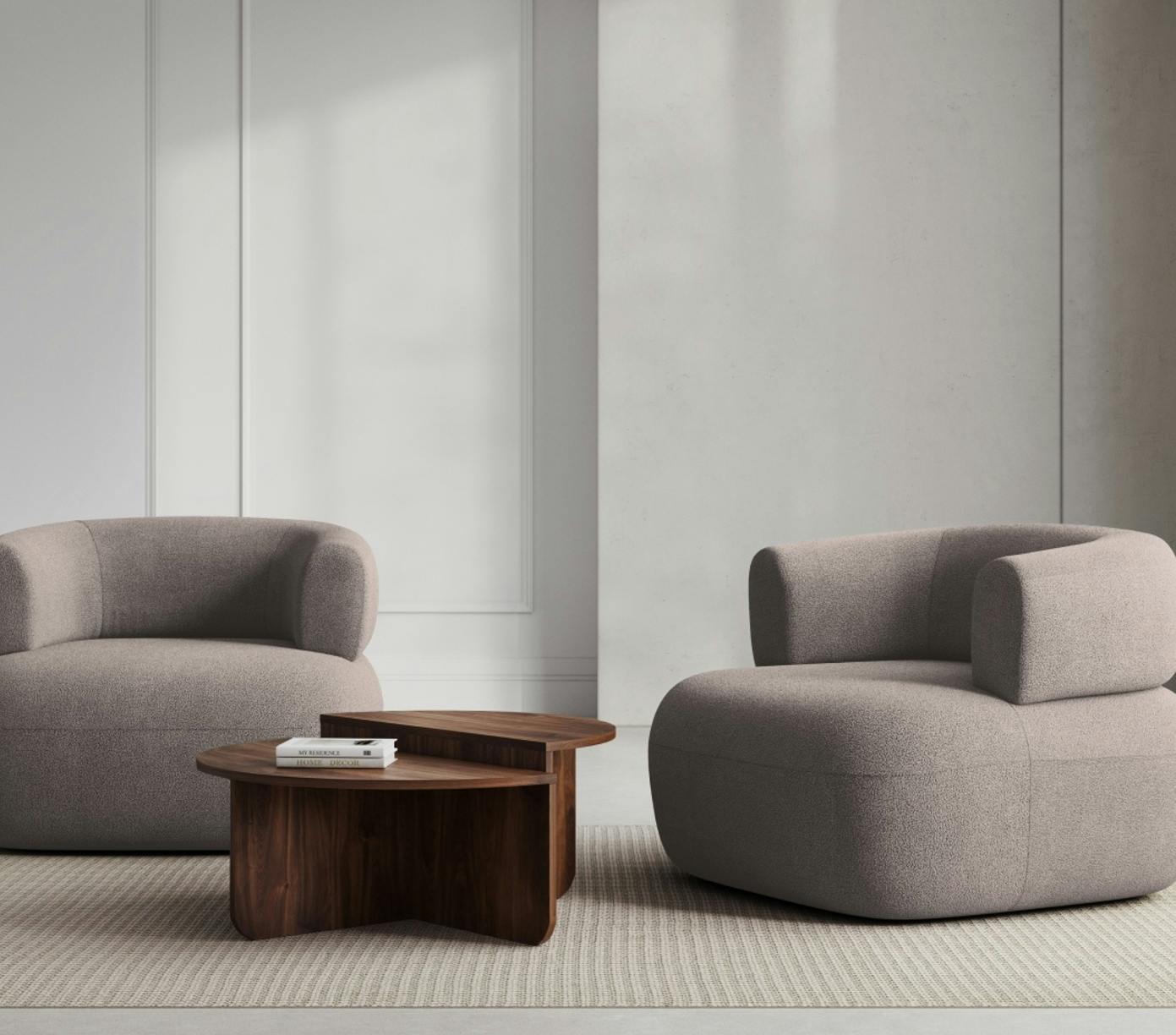
What is a smooth fabric?
If you are a fan of outstandingly smooth fabrics, bet above all on plush. There are four types of it on the market: velveteen, velour, velvet and corduroy.
They are very similar to each other - soft and covered with hair. They differ in manufacturing technique, thickness, as well as in the texture and the height of the pile. The most expensive of them - velvet is very thick and fleshy, while its shiny surface of a pile of up to 3 mm, reflects light beautifully. Velveteen has hair longer than 3 mm and is made using a different technique. The thinnest of them all – velour – has a matte surface with a short pile.
Corduroy, on the other hand, is characterized by cords formed from longer hairs. Furniture upholstered with plush is still at the top of interior trends. They are not only pleasant to the touch, but they make the room more cozy and intimate. Plush materials are also used for sewing bedspreads, pillowcases or curtains.
They gently brighten the arrangement, maintain the temperature in the interior and calm the space down. Look out for Malvin sofas, which not only attract with their silky surface, but are also incredibly comfortable, made especially for relaxation and rest
What firmness of sofa to choose?
That is the question we will be answering right now!
What kind of fillings go well with soft sofa fabrics? Unfortunately, there is no rule. Fans of overstuffed seats and backs, which you sink deeply into, emphasize their coziness. Fans of hard fillings, rave about their resilience and sturdiness. Both options use polyurethane foam. While the cheapest type of foam is comfortable, it can quickly distort. Much better are branded materials that are durable, but they can prove too hard.
Highly flexible (HR) foam goes a step further, as it provides a comfortable and durable filling. It's worth checking with the seller how the seats, backs and armrests are made. Some use hybrid upholstery made of highly elastic foam combined with natural down, feathers or springs and silicone beads. The use of this type of filling means that the furniture easily returns to its original form, while retaining its shape even after many years of use.
Magazine edition
Exclusive Micadoni magazineCreating The Perfect Sleep Environment: Essential Bedroom Design Tips
A good night’s sleep is essential to our overall health and well-being. From improved cognitive functioning to better cardiovascular health, getting quality rest can help us stay energized and focused...
Bedroom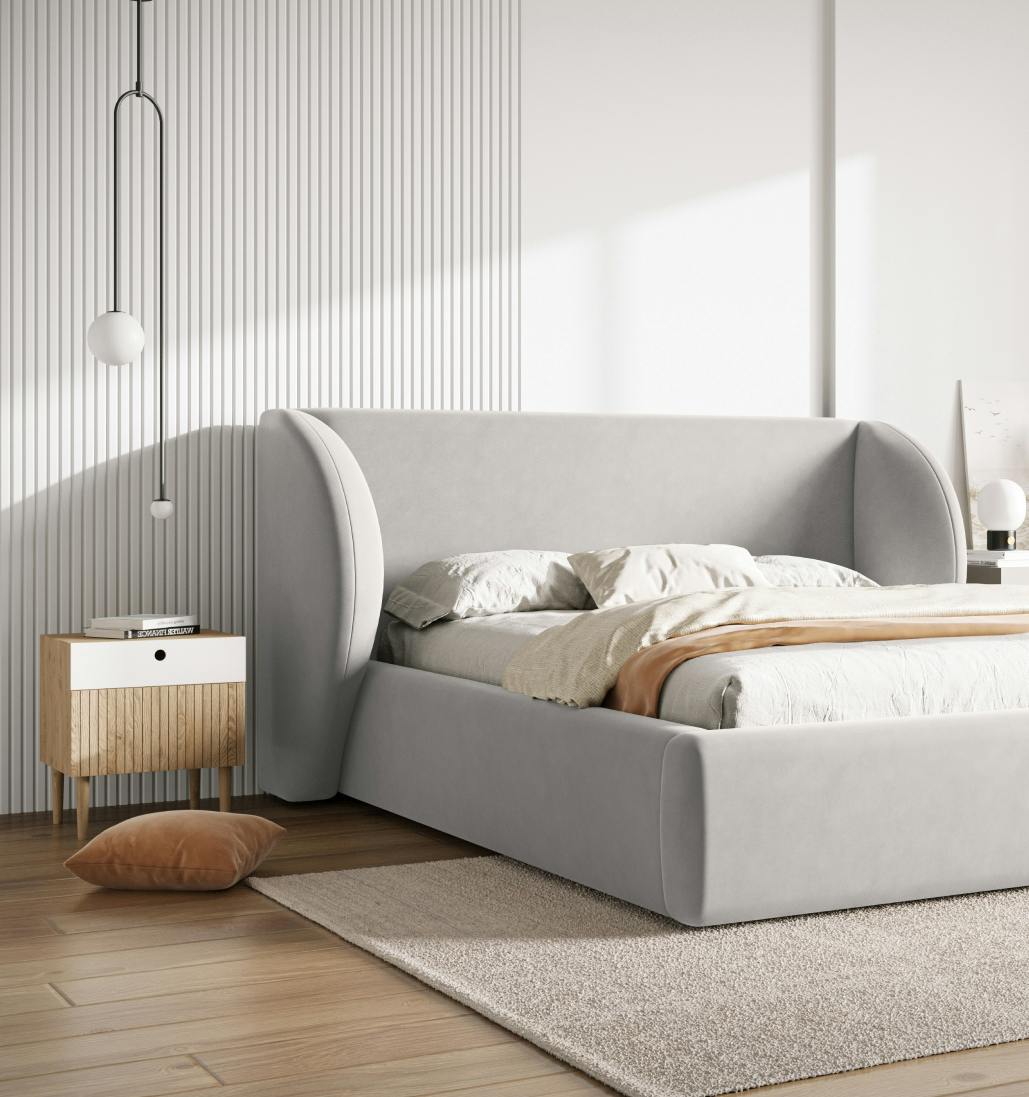
How To Stylishly Furnish Your Home In 2024: Top Interior Design Trends
Are you looking to furnish your home in 2024 stylishly? Dive into this guide for the latest interior design trends, decor tips, and expert advice to make your home a testament to modern elegance and c...
Interior Trends